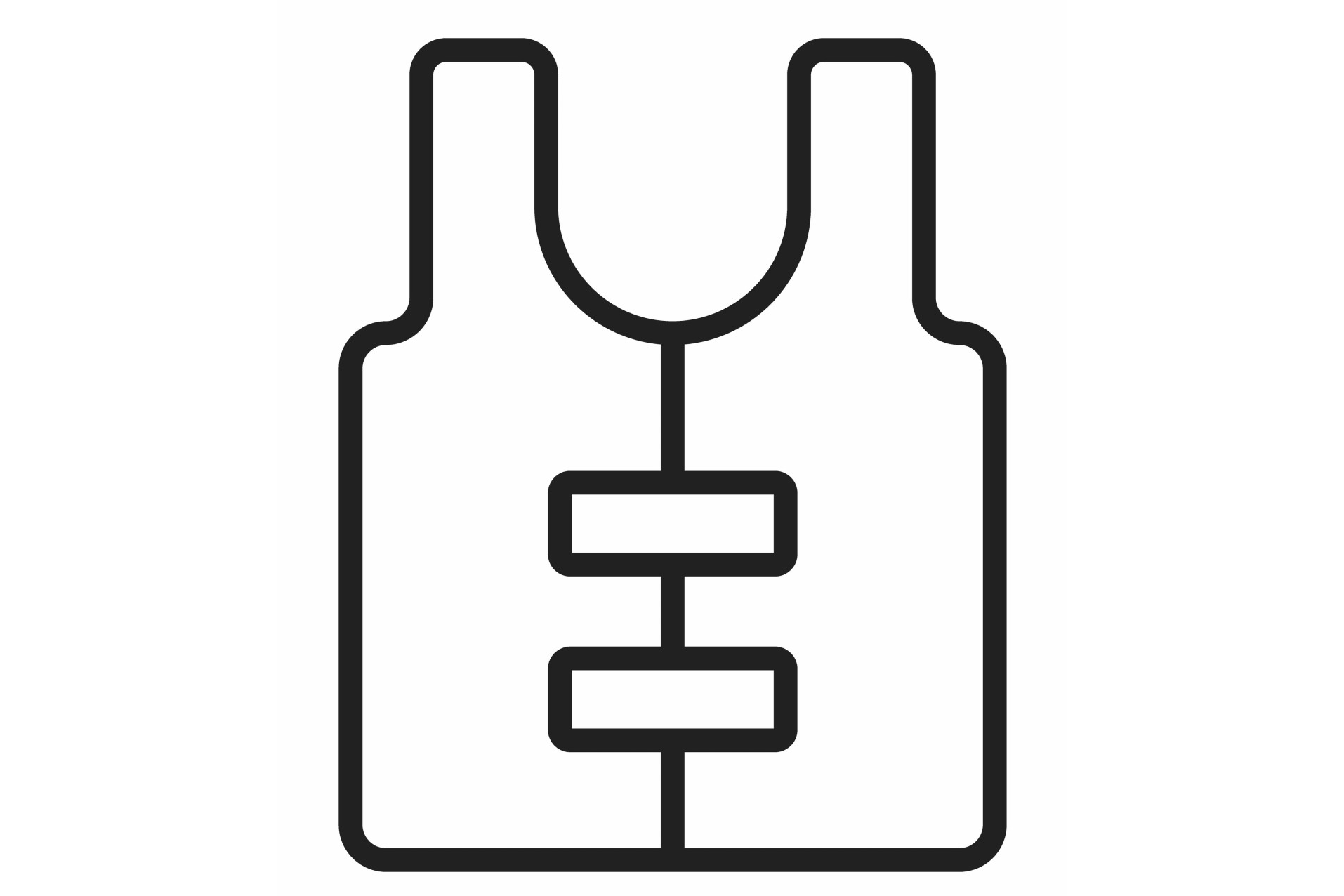An 11-year-old boy was killed, and his 16-year-old brother placed in a medically induced coma after a water-ride raft carrying their family overturned.
As the incident remains under investigation, it is not known what led to it. According to local media, Michael Jaramillo and his family, including his parents, older brother David and another brother, 14-year-old Gus, were riding on the Raging River ride at Adventureland Park in Altoona, Iowa July 3. The raft flipped over within 20 seconds of the ride beginning, according to the family pastor, causing the passengers to hit their heads on the river floor and trapping the family for several minutes.
Michael was removed from life support the following day. At presstime, David remained on life support.
A number of issues can lead to incidents like this, some involving the raft, others the overall system, said aquatics consultant Alison Osinski, of Aquatic Consulting Services on Catalina Island, Calif.
According to the Associated Press, a report filed by the park indicated at least one of the raft’s eight bladders had deflated. However, it wasn’t known if the deflation occurred before, during or after the accident.
Rides such as the 38-year-old Raging River are relatively common and run on the same basic principle: A conveyor belt pushes the round rafts through a relatively narrow channel filled with shallow water, and down a series of drops. However, each is customized, so it’s hard to generalize about the cause of accidents. While seatbelt issues have caused injuries in the past, Osinski said, that was not the case here, as family members recalled being trapped in place by the belts. Factors such as water flow, along with the number and steepness of drops, can play a role in safety. Water velocity and gallons per minute, for instance, can vary greatly, depending how vigorous a ride operators want.



